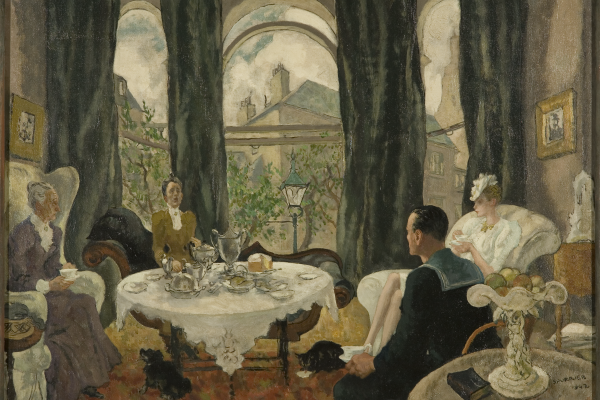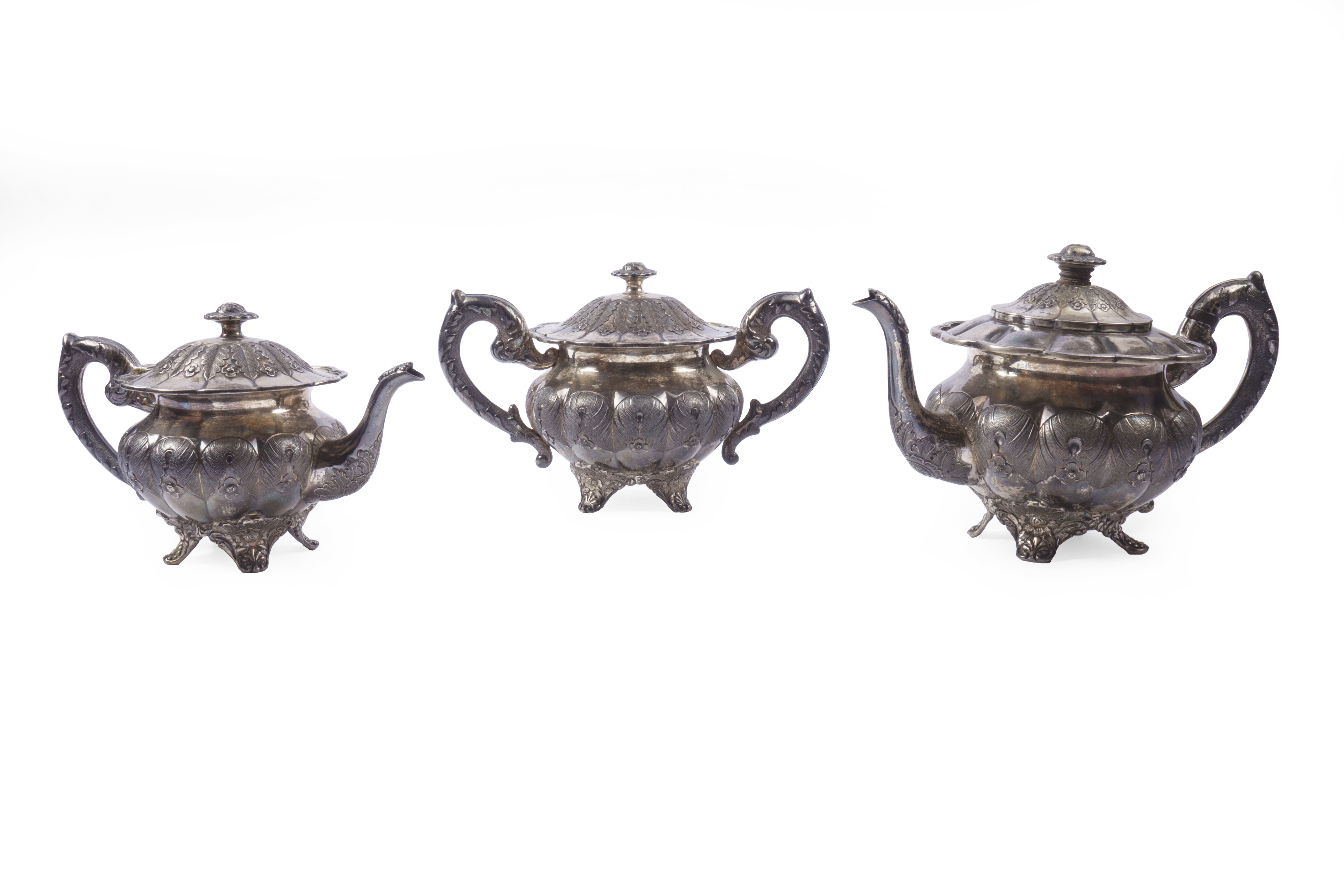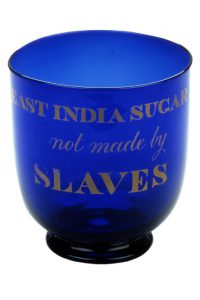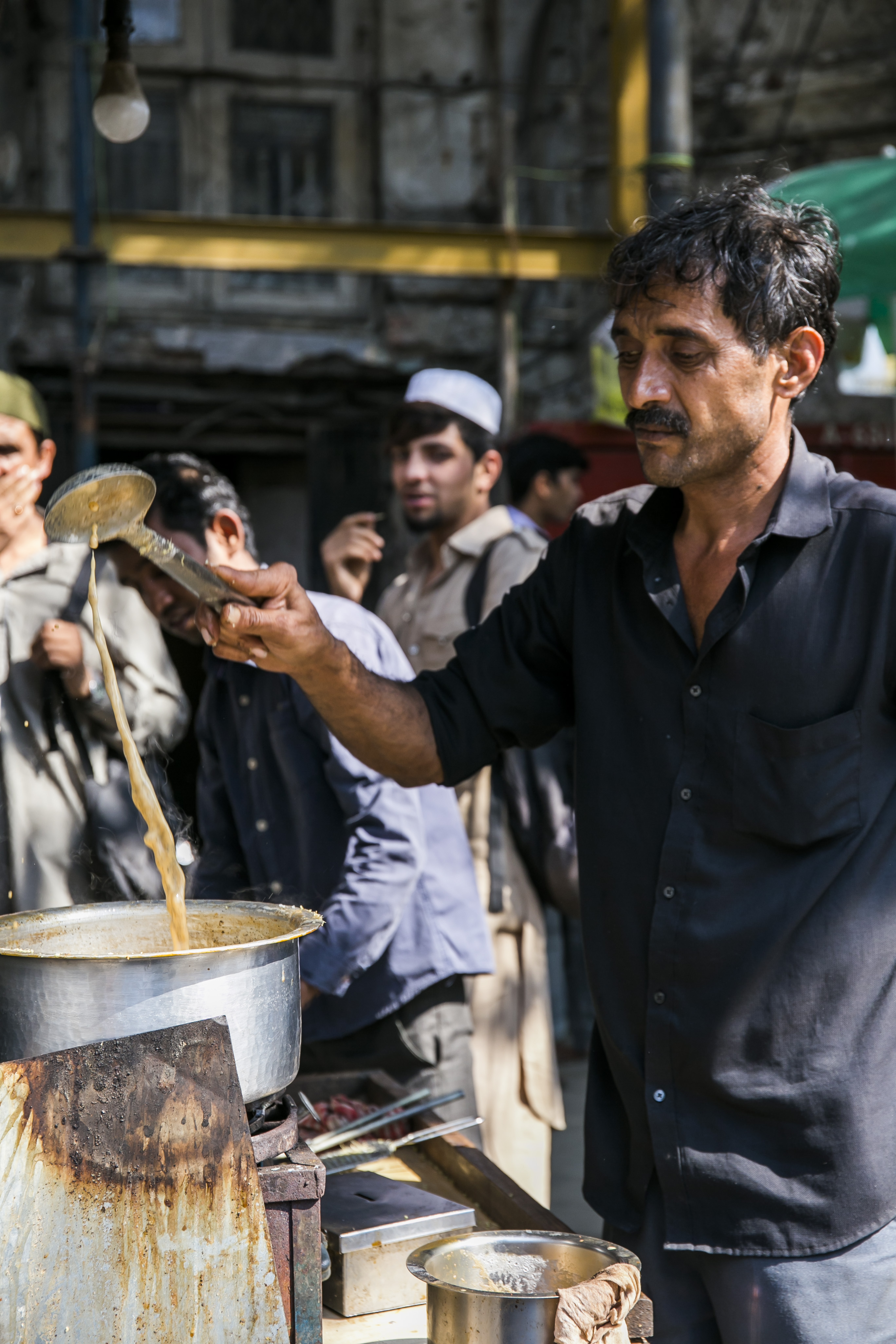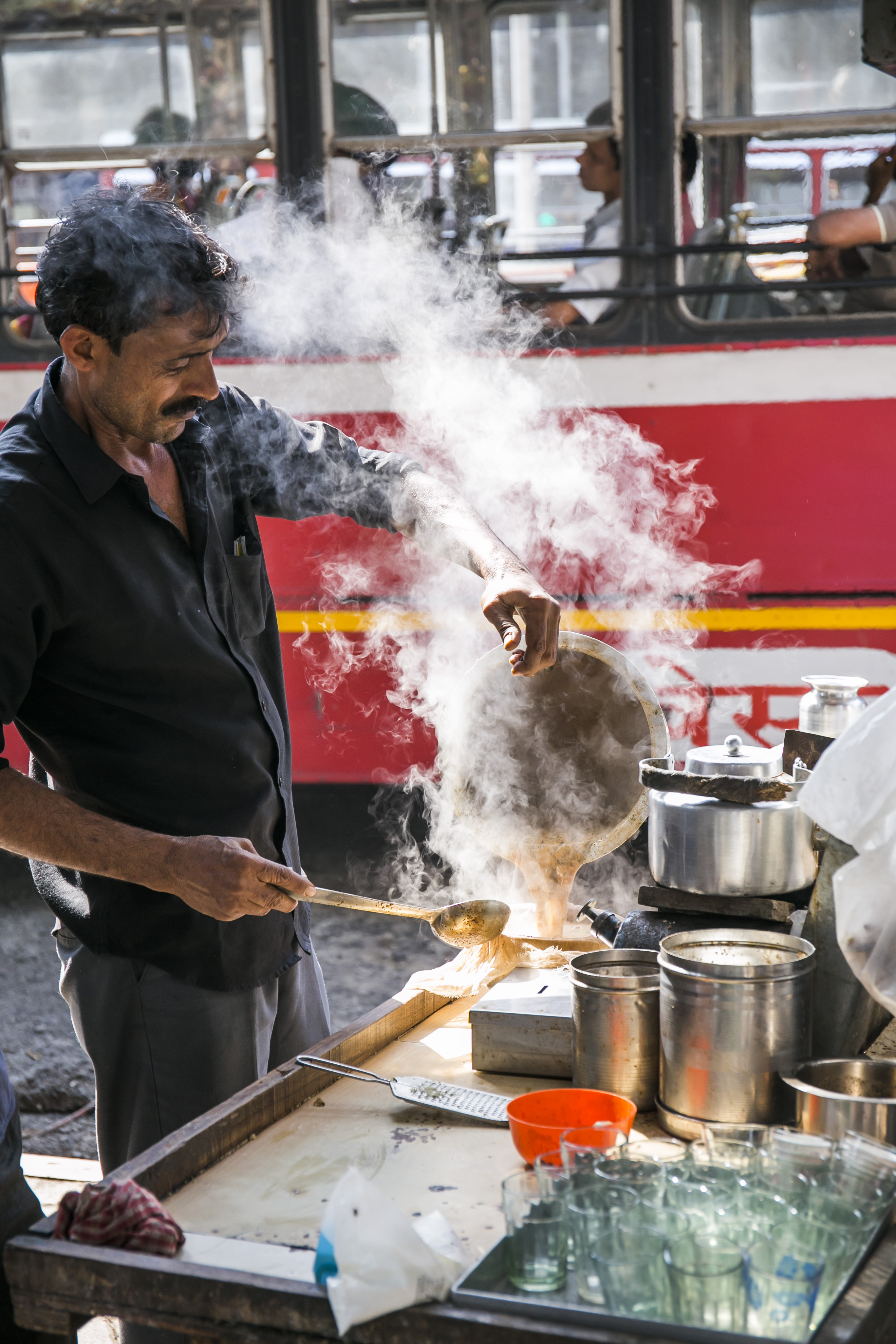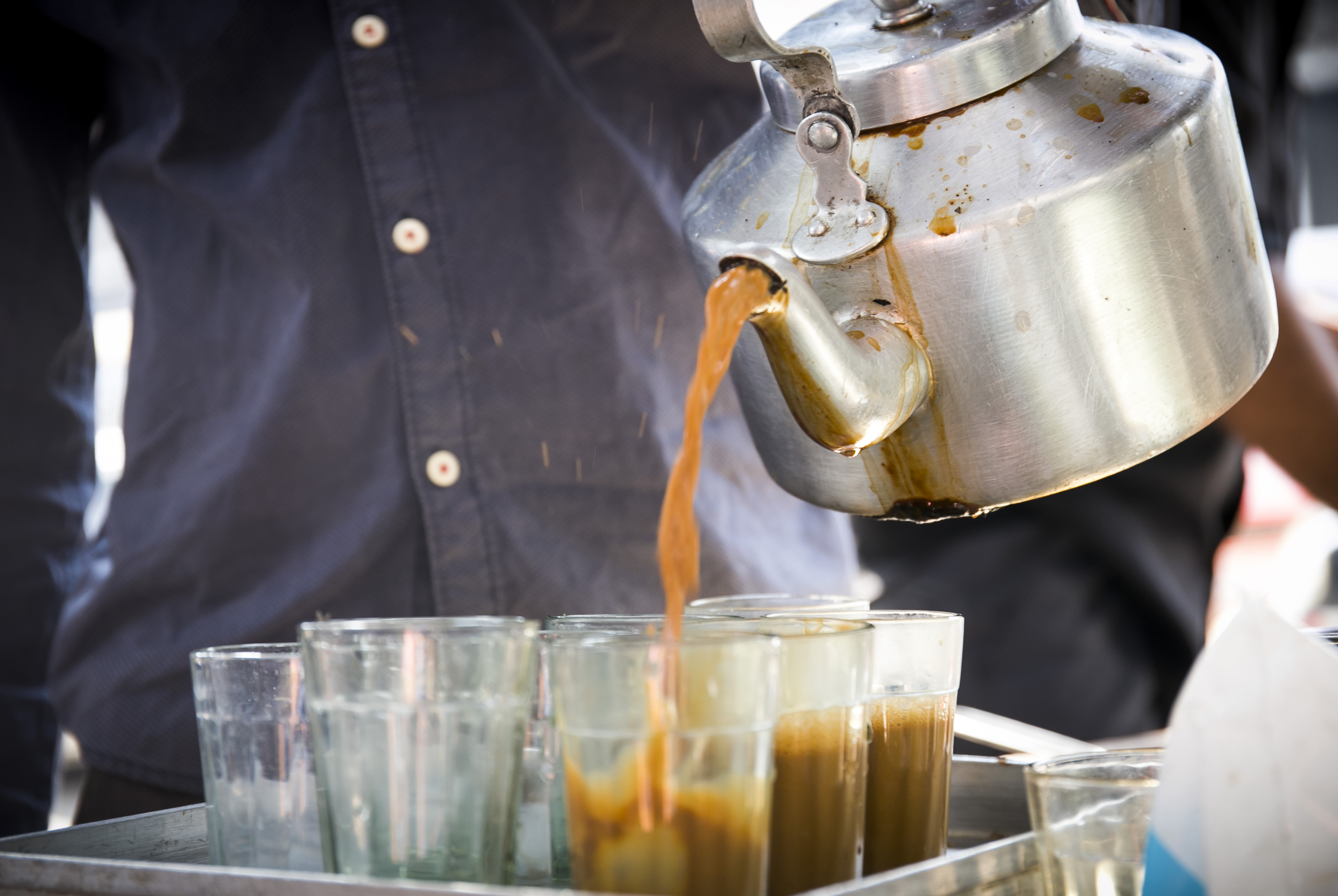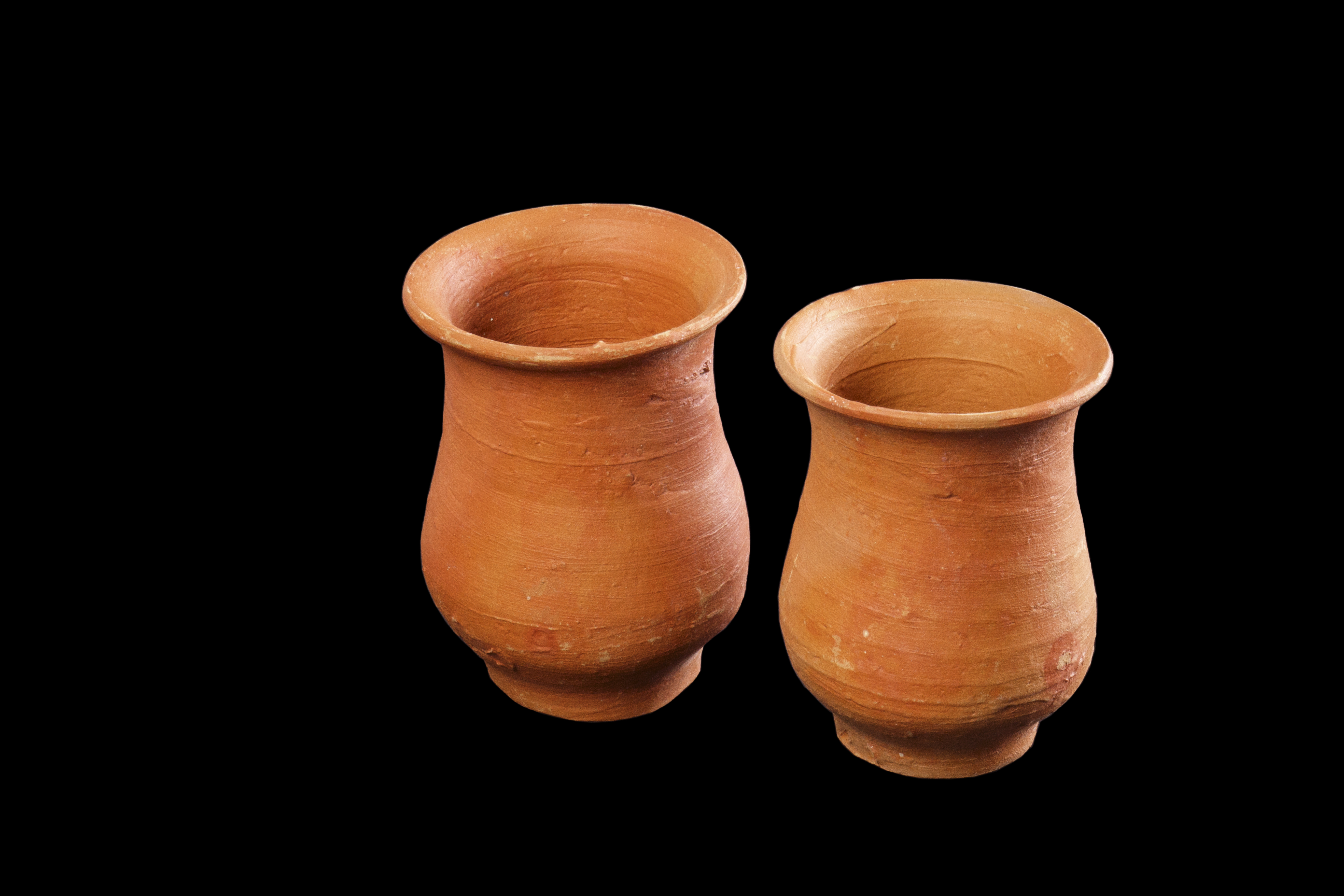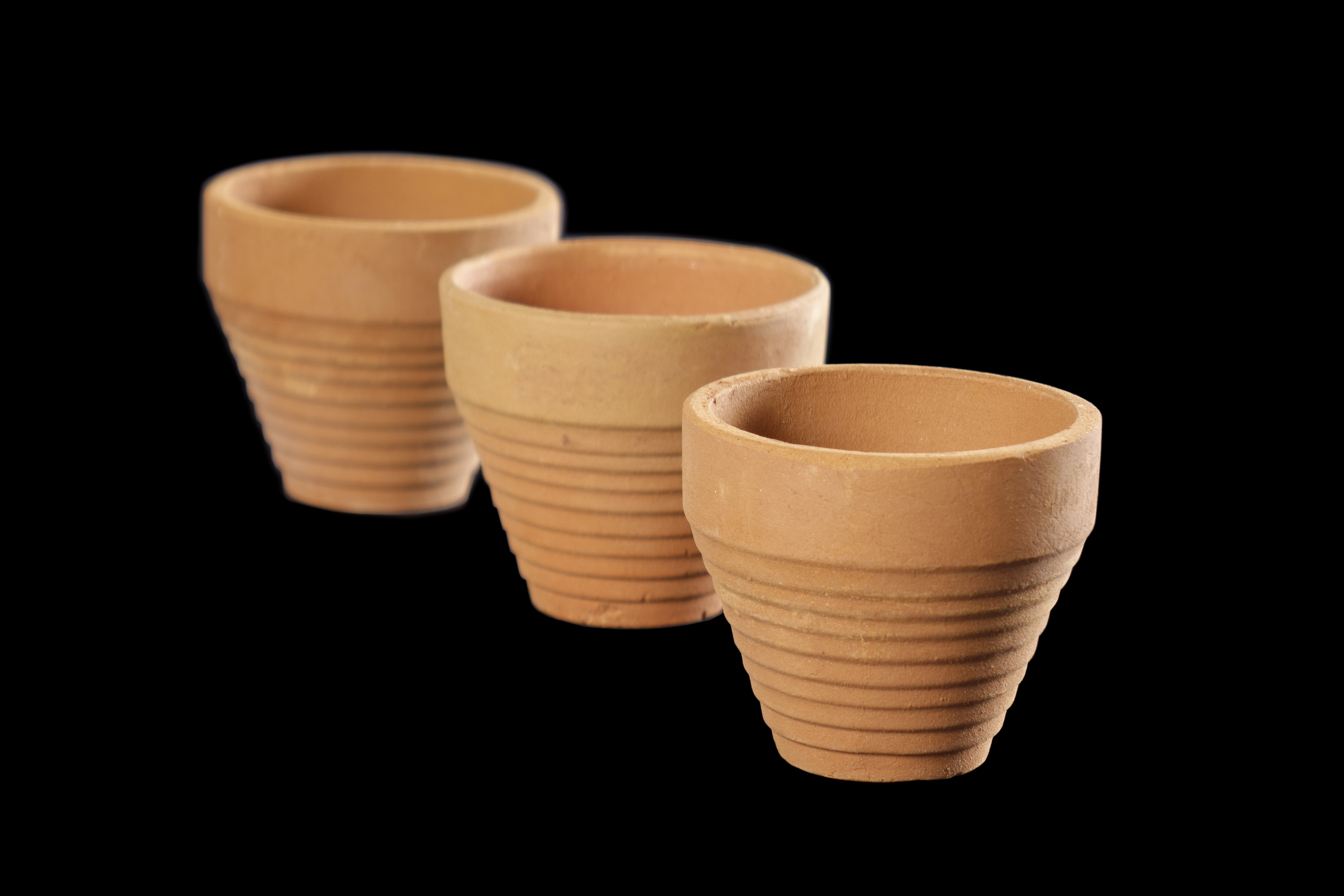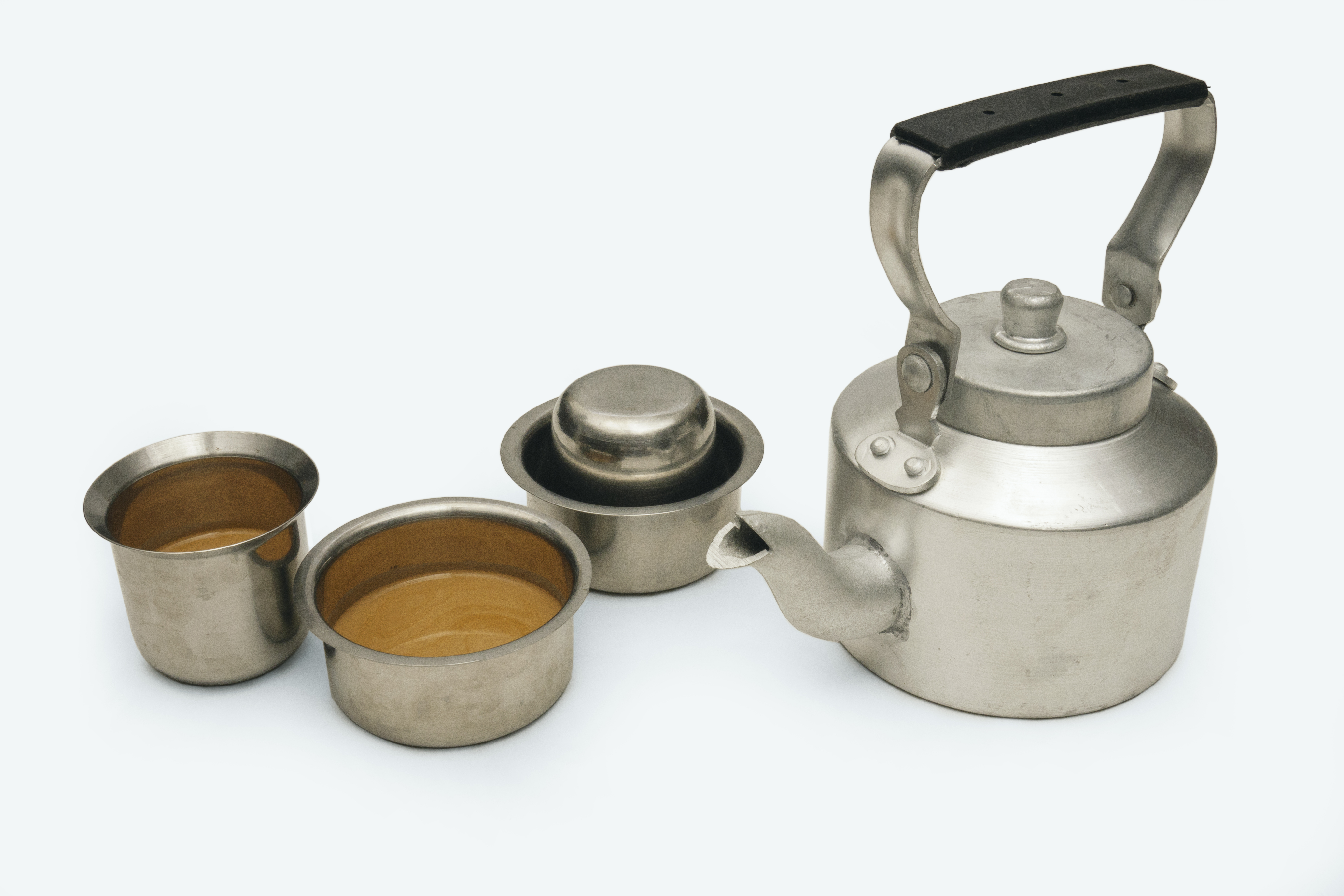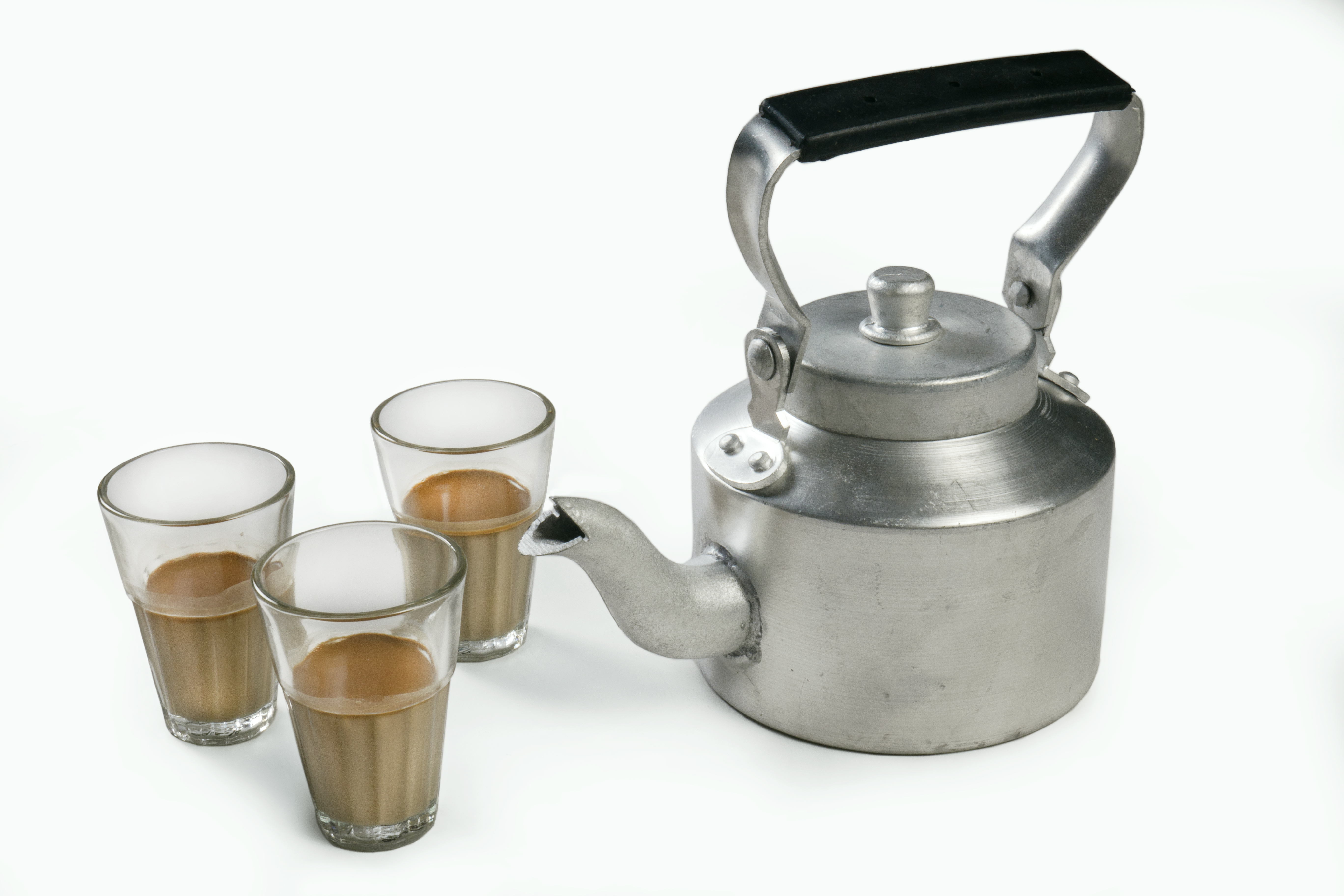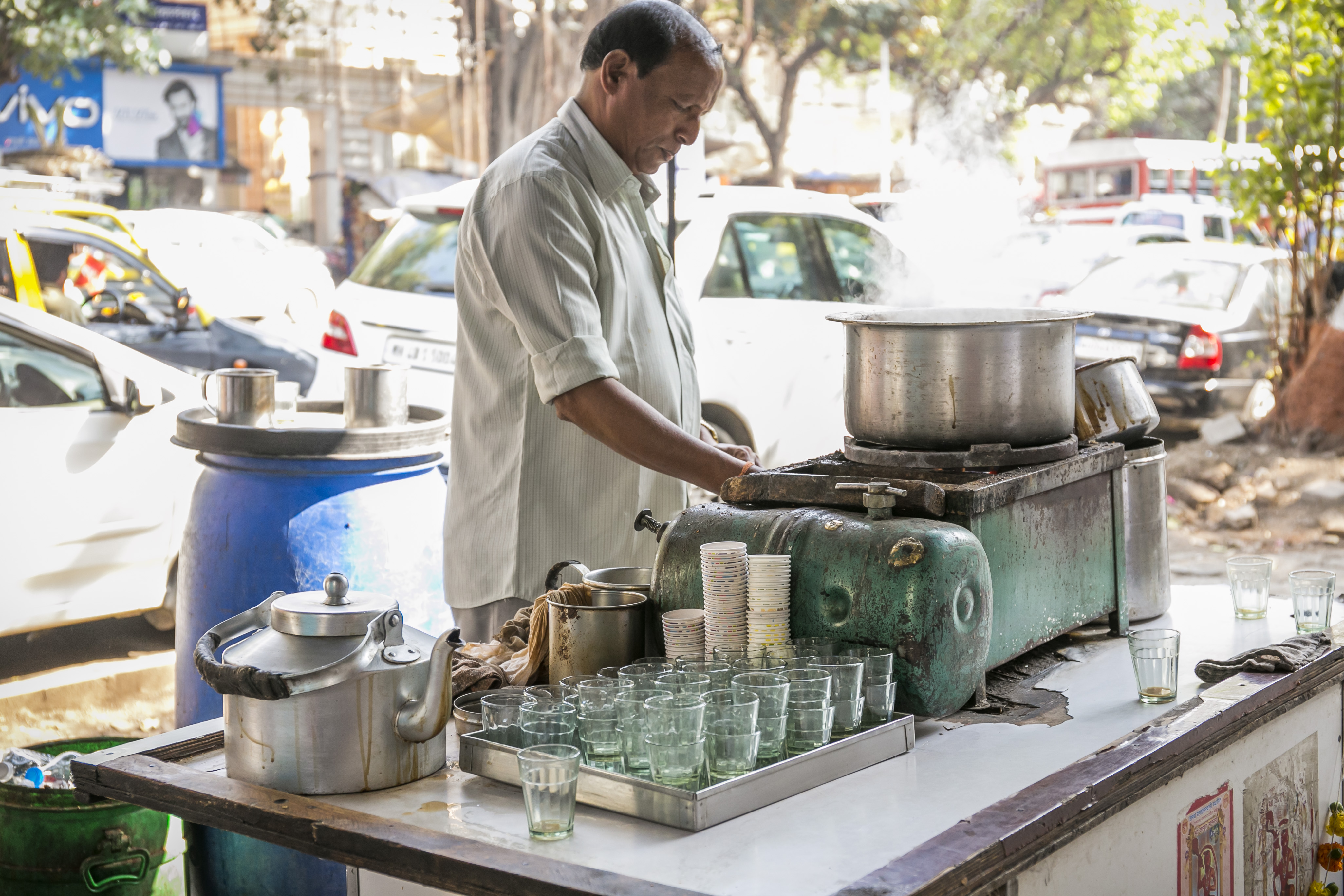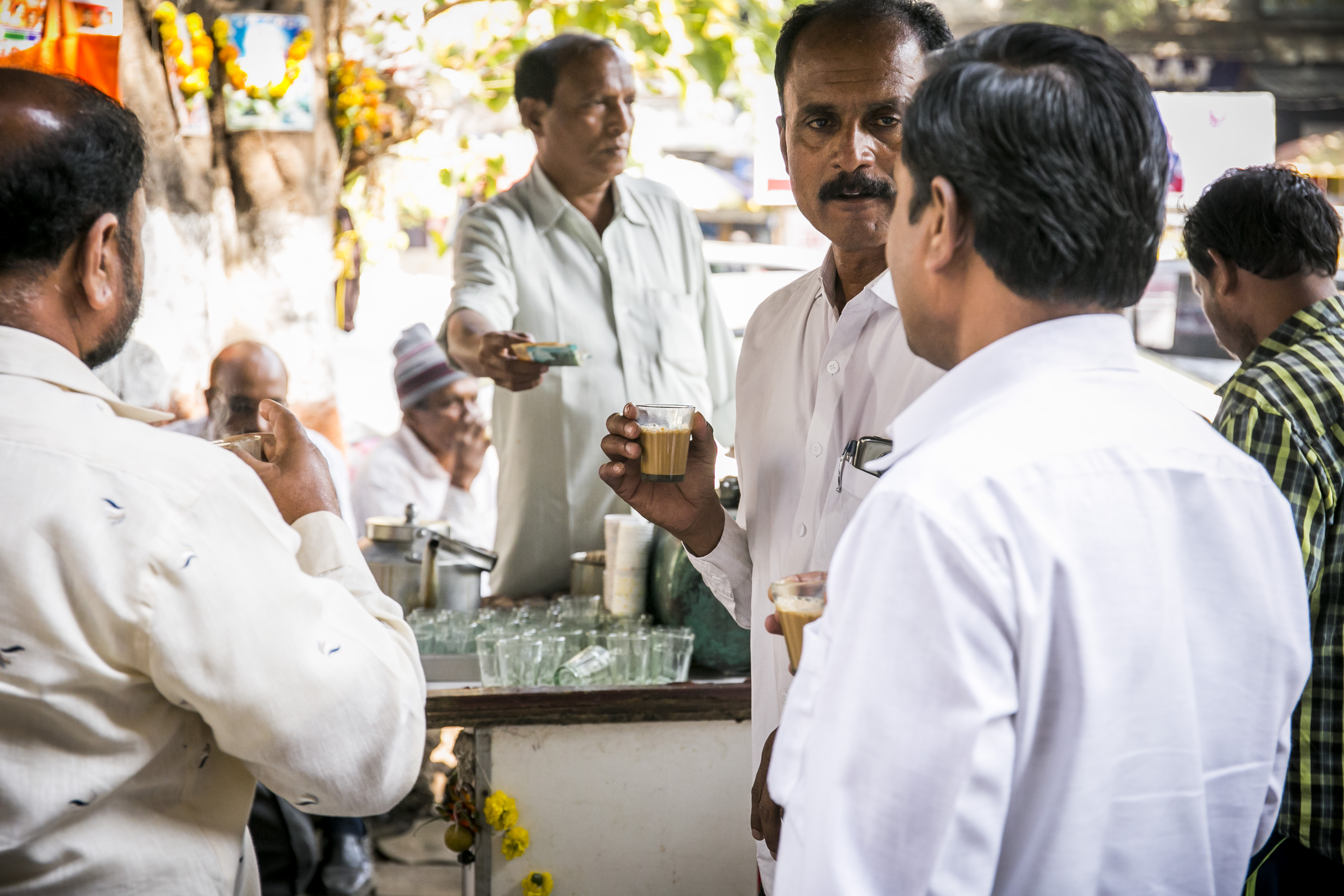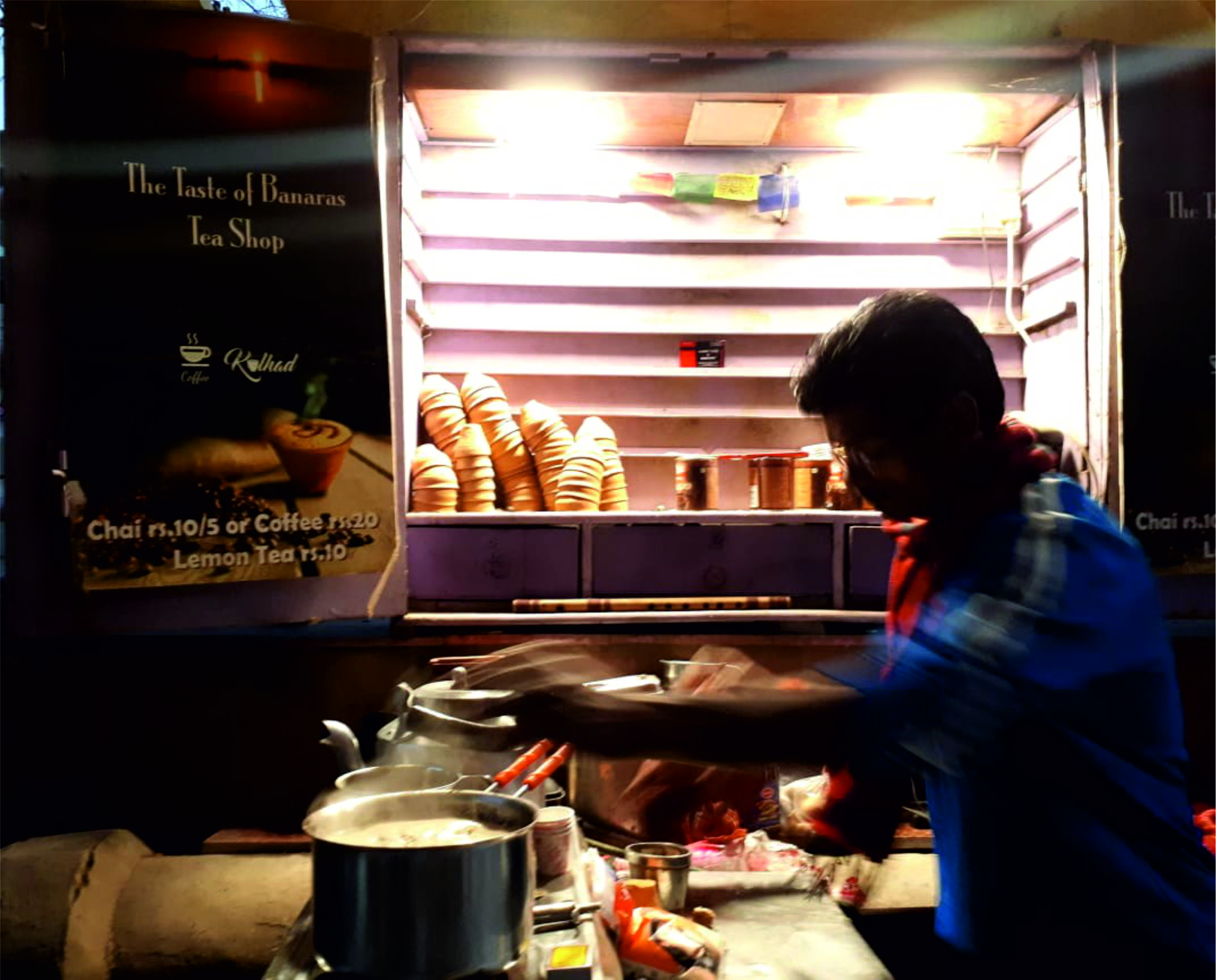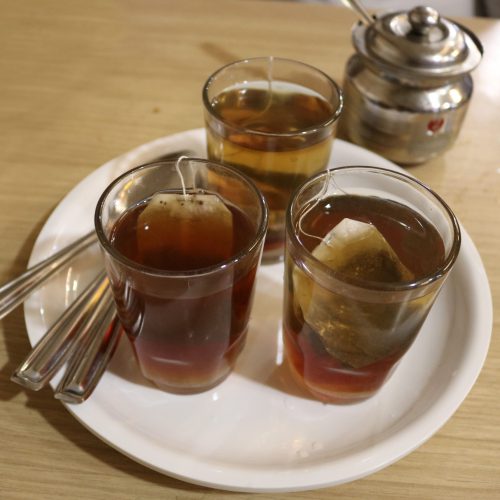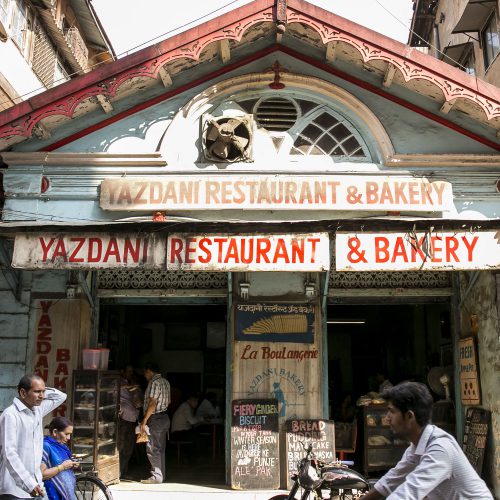Tea drinking and the sugar trade in Britian
Tea drinking in Britain began in about 1650. It was eye-wateringly expensive, but as more was imported, the price fell and by about 1750 almost everyone could afford to drink it. The demand for sugar, tea, coffee and chocolate was linked, as the sugar sweetened the fashionable hot drinks. Bristol was deeply involved in the sugar trade, from buying and selling enslaved Africans to work on the plantations of the Caribbean, to owning plantations, shipping sugars to Bristol, and refining the raw sugar into cones of white crystals. West Indian plantation owners actively promoted the drinking of tea, as it increased the demand for sugar.
Sugar was the most lucrative of Bristol’s industries. With a booming British market for sugar to sweeten foodstuffs, but most of all for tea, Bristol imports grew and grew. The link between sugar and slavery led to one of the first consumer boycotts, as people (especially women) joined the campaign for Abolition of the slave trade by abstaining from sugar, and learning to drink tea without. Another option was to buy sugar from the East Indies, marketed as ‘Not Made by Slaves’. This blue glass sugar bowl reflects the later campaign for Emancipation, in the 1820s. It was probably made in Bristol (famous for its Blue Glass). The British-based Anti-Slavery Society set up a depot for the sale of ‘sugar made by Free People’ in August 1824, as part of the campaign for the Emancipation of enslaved workers in British territories.
Sugar bowls bearing the anti-slavery ‘logo’ of the kneeling enslaved African and the motto ‘East India Sugar, not made by slaves’ became fashionable dinner table accessories. While the ‘freedom’ of sugar production at this time is highly debatable (with some suggesting it was nothing more than a cynical marketing ploy) it still indicates the change in public mood. Sugar made some businessmen in Bristol very rich. Thomas Daniel traded in sugar and was known as the King of Bristol due to his wealth. It gave employment to sailors, in both the slave trade and the direct trade with the Caribbean and America, and thousands of Bristolians worked in the many sugar refineries in Bristol in the 18th century.
Today in Bristol, as in many towns and cities, shops are closing and cafes are opening. There are now dozens of places on almost every street where people can buy a cup of tea or coffee. The choice of artisanal, single estate teas is bewildering, but most people still drink builders’ tea, made with blended Indian tea and served good and strong.
Tea drinking and the sugar trade in India
An indispensable part of any social gathering chai is India’s most popular drink. However, the history of this popular beverage is ambiguous; in ancient India, chai or tea was not the term used for the tea we know today, containing tea leaves, sugar and milk. Tea was a liquid mixture traditionally known as kadha, made by brewing a variety of herbs and spices. In fact, the earliest tea did not contain any tea leaves but contained herbs and spices with medicinal properties which were used in certain proportions according to seasons and needs. The spices used varied from region to region but the most common were cardamom, cinnamon, ginger, cloves and pepper. To this date these spices add good taste to chai, the combination is popularly known as masala chai.
The production of tea can be traced back to 2nd century BC in China and there are many old stories about the beginning of tea in India. One story says that tea was developed by accident when a Buddhist monk, on his way to China, saw the local ritual of chewing wild leaves and tried it himself. He felt fresh and rejuvenated after having these wild leaves and brought them to India, explaining how the tea drinking tradition came from China to India. As early as the 12th century, leaves of the tree shrubs that grew wild were used as medicine by the Singhpo tribe in Assam, the north eastern state of India. The Singhpos are believed to be India’s first tea drinkers, drinking a cup after each meal. Bisa Gam, the Singhpos chief introduced tea to Englishman Robert Bruce and his brother Charles in 1823, who believed the Assamese tea variety to be better than the Chinese variety, and cheaper. They established tea plantations for Indian varieties to reduce the cost as well as to break China’s monopoly in tea production. Tea plantations were expanded from Assam to Darjeeling and then to parts of South India.
It was not until British advertisement campaigns in the 1920s that Indians started consuming tea regularly. The advertisement policy of the British was to successfully sell products produced by Indians back to them to help British business in the country thrive, a policy followed to sell cloth and various food products including tea. Though the British rule ended in 1947, the habit of drinking tea and ‘tea-time’ (introduced in the British Raj) continues to flourish and to be scheduled into work break times. Since the end of British rule, changes and adaptations have been made to the ingredients and tea making process; Indians started adding milk and other condiments to their tea to create their own flavour.
As in most British households, in India the day begins with a cup of tea and cups of tea are used to rejuvenate the consumer throughout the day. The tradition of tea drinking varies slightly from region to region. Metro cities like Mumbai with a large working population have a specific culture of chai-nashta, chai-cigarette. With long travelling distances, long challenging working hours, a cup of hot tea is considered relaxing. The chai tapris (small tea stalls) along the roadside, outside railway stations and offices are popular hangouts, de-stress zones.Mumbai’s cutting chai (half glass tea) is well-known and has become an indispensable part of Mumbai’s culture.
Some parts of Mumbai, particularly South Mumbai, continue to be home to old Irani tea joints with a very traditional ambience, cafes which were originally opened by Zoroastrian Irani immigrants in the 20th century. Irani tea is made by adding mawa or khoya(milk solids) making it sweet and creamy. Addition of spices like cinnamon and green cardamom are optional. Kerala is famous for a Sulaimani chai which is sweet-sour tea made from black tea, and served without any milk. The perfect Sulaimani chai is brewed to a pure golden colour with sugar, lemon and basil or mint leaf. Cloves, cardamom and cinnamon are optional.
All over India tea is immensely popular. Besides the roadside tea stalls and restaurants now there is trend and fashion of sophisticated joints like the coffee houses serving only tea. There are cozy places where people spend their leisure time discussing various topics. Tea is very important to Indian economy; the majority of tea production happens in Assam, West Bengal and the Nigiris in South India. Tea plantations have created vast employment opportunities in rural areas and export to Russia, UAE, the UK and the US, giving economic impetus.
Back To Beginning→
[foogallery id=”2242″]
